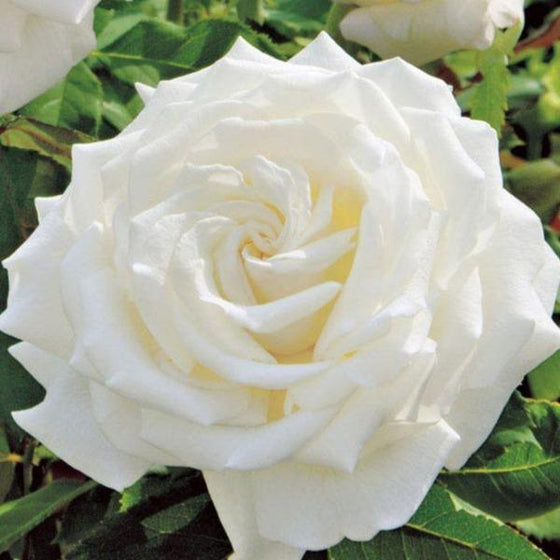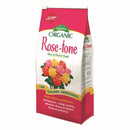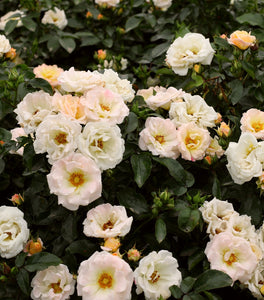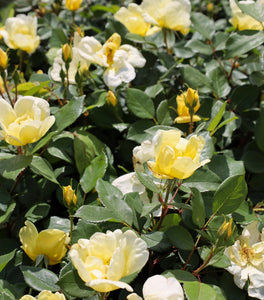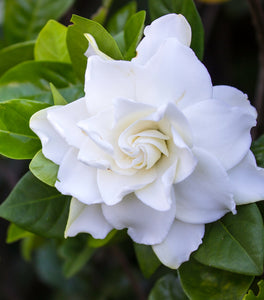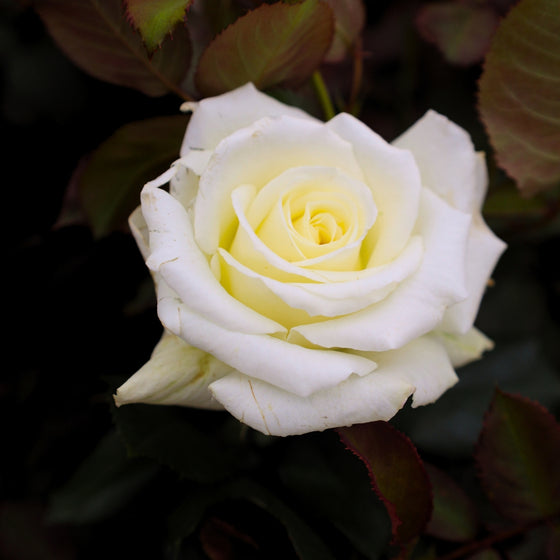
Images Depict Mature Plants
'Pope John Paul II' White Rose Bushes for Sale Online
A white rose is can be a breathtaking sight to see, and these hybrid tea roses are no exception. Specifically chosen by the Vatican for their gardens to honor Pope John Paul II, these rose shrubs feature award-winning pure white 5-inch blooms with up to 50 petals each. They flush from late spring to late fall and can rebloom with vigor with a little deadheading throughout the summer. With a stunning pure crisp white color, Pope John Paul 2 Tea Roses give off one the strongest citrusy fragrances of any of our roses. Perfect for a sunny pollinator garden where you can enjoy the sights and scents of these vigorous bloomers.

| Hardiness Zone: | 6-9 |
|---|---|
| Mature Height: | 4 to 5 feet |
| Mature width: | 3 to 4 feet |
| Classification: | Deciduous flowering shrub |
| Sunlight: | Full sun |
| Habit: | Upright, rounded |
| Foliage: | Dark green shiny foliage, lightly thorned stems |
| Flower Color: | Crisp white blooms, slight pink details in cooler temps |
| Rose Bloom: | Large, 5 inches across, fully double tea shaped blooms, white , 45 - 50+ petals, elegant pointed buds, reblooming |
| Pruning Season: | Late fall for winterization, some deadheading all season to encourage reblooming |
| Soil Condition: | Fertile, evenly moist, well draining |
| Uses: | Beds, borders, flowering hedges, containers, mass planting, foundation planting, focal point, specimen, cut flowers, pollinator gardens, cottage gardens |
How to Care for Pope John Paul II Rose
Be sure to read our planting instructions to ensure a healthy and happy plant for years to come!
How do I plant a Pope John Paul II Rose?
When your rose arrives, take it out of its box, water it and set it aside in a shaded outdoor area to acclimate for a day. When planting your Pope John Paul II Hybrid Tea Rose Bush, dig a hole that is twice as wide and the same depth as the container your rose is in. Amend the soil at the bottom of the hole with a starting fertilizer and with organic matter in order to add nutrients and adjust the quality of the soil to your liking. Adding compost, vermiculite or topsoil will help increase the nutrients available to the young root system. Adding peat moss, fir bark, or leaf mulch will help increase drainage. We recommend an even mix between your native soil and these amendments. Then, when you are ready to plant, position your rose in the hole and backfill around the roots with the same 50/50 soil mixture. Do not plant your rose bush too deeply - you should still be able to see the soil it arrived in at the top of the hole, level with the ground. Cover the area with 2 to 3 inches of organic mulch, while taking care to leave space around point where the roots end and branches begin. Water deeply once you are finished.
What is the best way to water my hybrid tea roses?
Many roses will bloom their best blooms for you if given just the right amount of water. Watering your roses with care can help in a multitude of ways, from preventing disease to encouraging a deep and healthy root system. First, make sure your soil has adequate drainage under your garden, so that your roses never sit in water for too long and risk root rot. Adding gypsum before planting can help break up any heavy or clay soils. A day or two after planting, feel the soil. If you press your finger into the soil over the roots and it is completely dry up to your largest knuckle, then your rose is ready for more water. If the soil is still moist that close to the surface, it is better to wait. Then, set up a hose at ground level and soak the soil thoroughly. It is best to water roses by soaking at ground level early in the morning, underneath their foliage. Wet leaves that don't dry off quickly are more susceptible to disease. A good rule of thumb for a deep watering is the 5 second rule: for each gallon size that your rose arrived in, water its roots for 5 seconds. The frequency at which you water should be determined by your local weather and soil drainage, which is why it is best to test the soil to see how quickly it dries - on average this is about once a week. A water gator bag or other slow drip tool can help make the chore of watering much easier, but these are only necessary during your rose's first few weeks in its new home.
What kind of fertilizer is best for my White Pope John Paul 2 Rose?
We always recommend that gardeners utilize organic fertilizer products that are made with high quality ingredients. For roses especially, there are some fertilizers that would be too harsh on the root system, or add salt and mineral build up to the soil in the area. This is why we recommend products such as Espoma Rose-tone, Espoma Flower-tone or Espoma Bio-tone Starter Plus. These products are easy to use, as you simply mix the slow release granules in the soil around the drip line of your shrub, under the mulch if possible. Then, watering will carry the fertilizer components, fertilizing the roots in a natural way. It is best to fertilize your roses first in early spring, just before growth has begun. Then, follow up again every 4 to 6 weeks between Mother's Day and Memorial Day. This is especially good for reblooming roses such as the Pope John Paul II Rose. Stop fertilizing in the late summer or early fall, before last blooms have stopped, since it is soon time for your roses to begin entering dormancy and fertilizer will interrupt that process.

How do I prune Pope John Paul II Hybrid Tea Rose Bushes?
Pruning is an essential part of the art of growing lush rose bushes. You can help guide how your roses focus their energy by careful pruning, depending on the season. Make sure that you have a set of pruning shears that are well sharpened, sanitized, and large enough to make a clean cut on any sized branch. The biggest cut back should be in the fall, at least a few weeks before the first frost. Prune your rose shrubs down until the branches reach 18 to 24 inches up from the ground. Pruning as a part of winterization helps your rose bush focus on its roots while preparing for dormancy, and it allows time for the cuts to seal before the first frosts. Then, after the winter, prune again in the very early summer. This is a chance to remove any dead branches, and a 'soft prune' of a few inches can encourage more branches to grow. Lastly, throughout the blooming season, deadheading your shrubs can help create space and energy for new buds. Simply cut a rose bloom off as far down as the next red bump on the branch - that red bump indicates a potential new branch or bud. Since Pope John Paul II white roses make for wonderful cut roses with long stems, feel free to cut a few roses just as they are blooming (again, down to just above the signs of a new branch), so that you can enjoy your Pope John Paul II Hybrid Tea Roses both inside and outside of your home.

